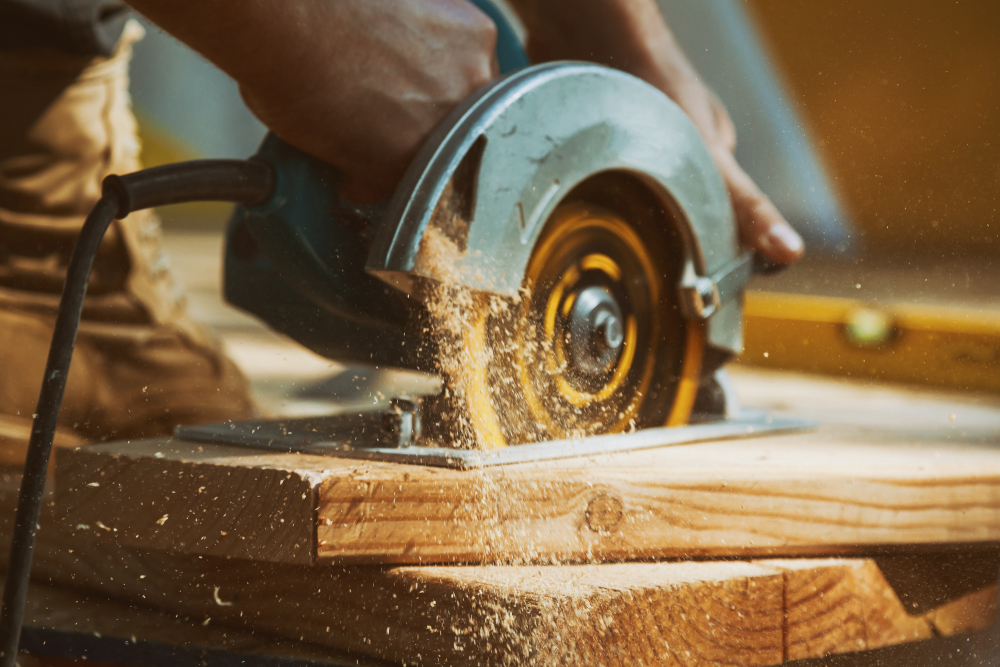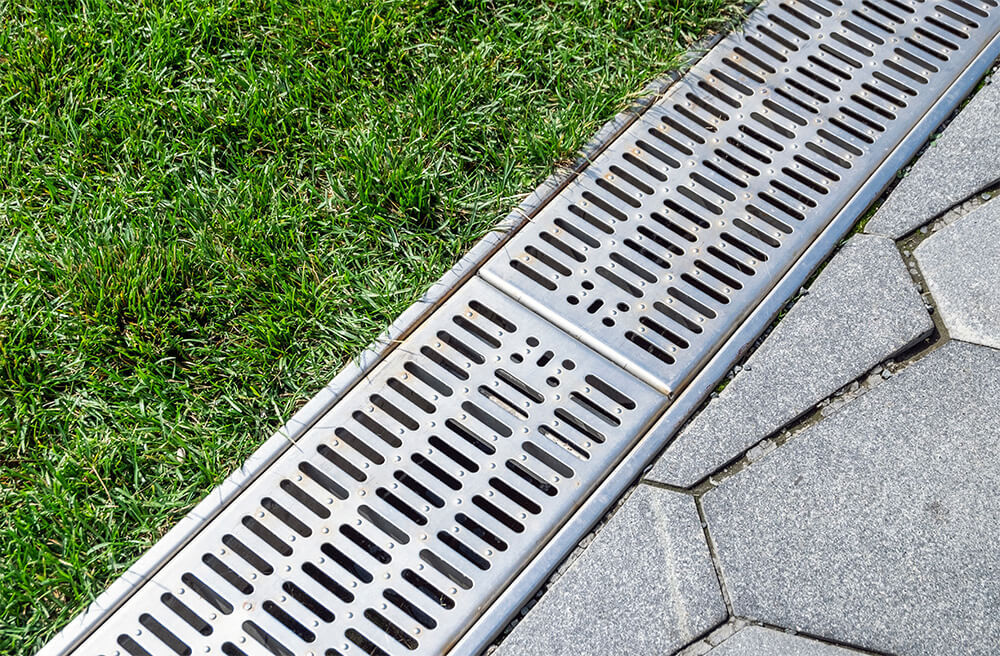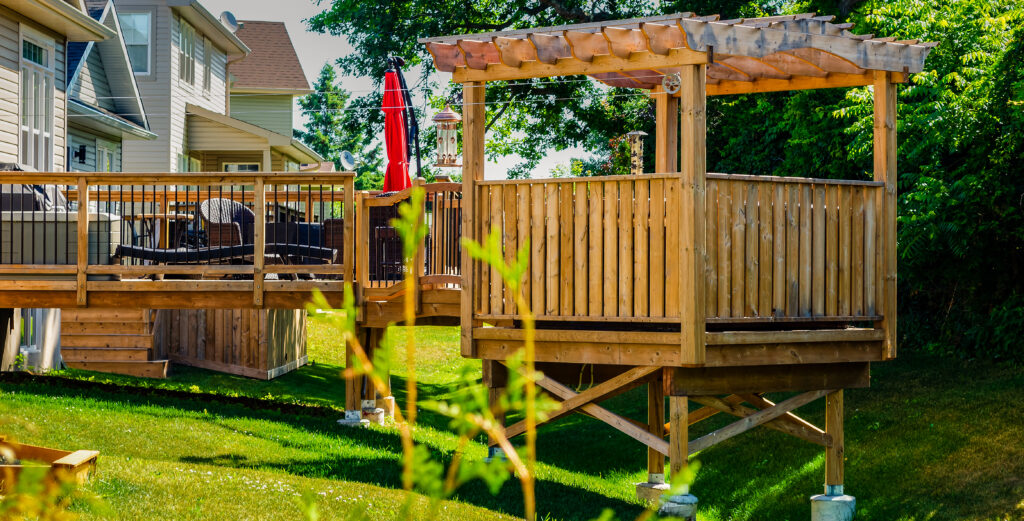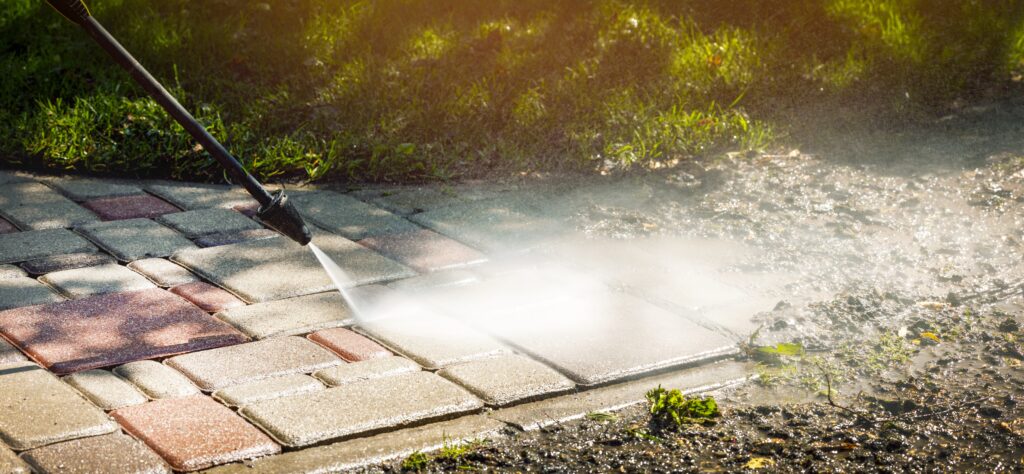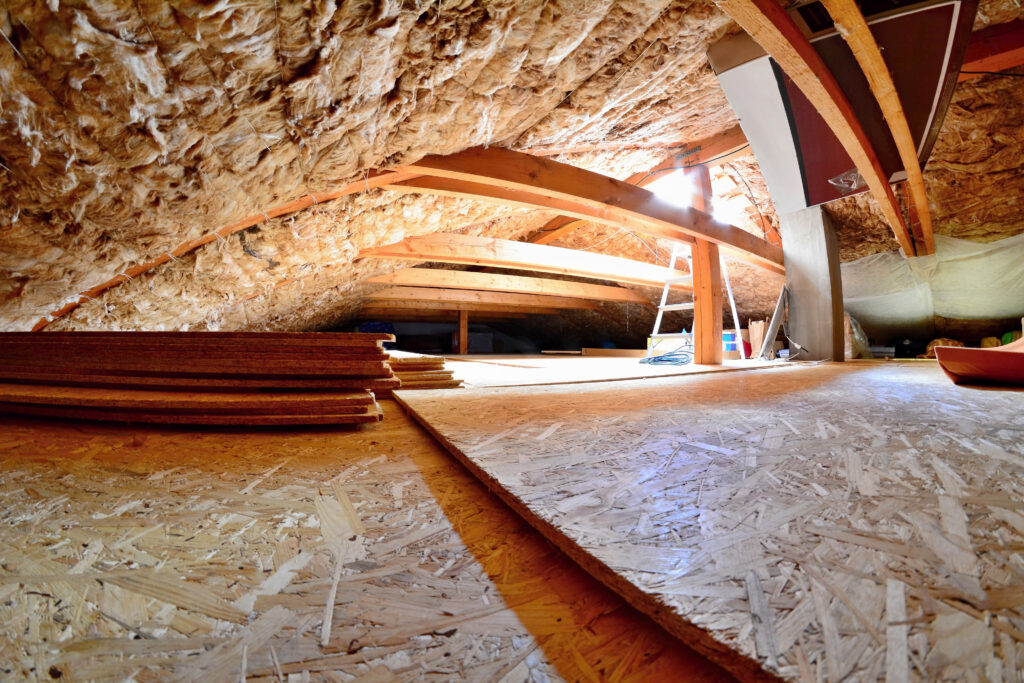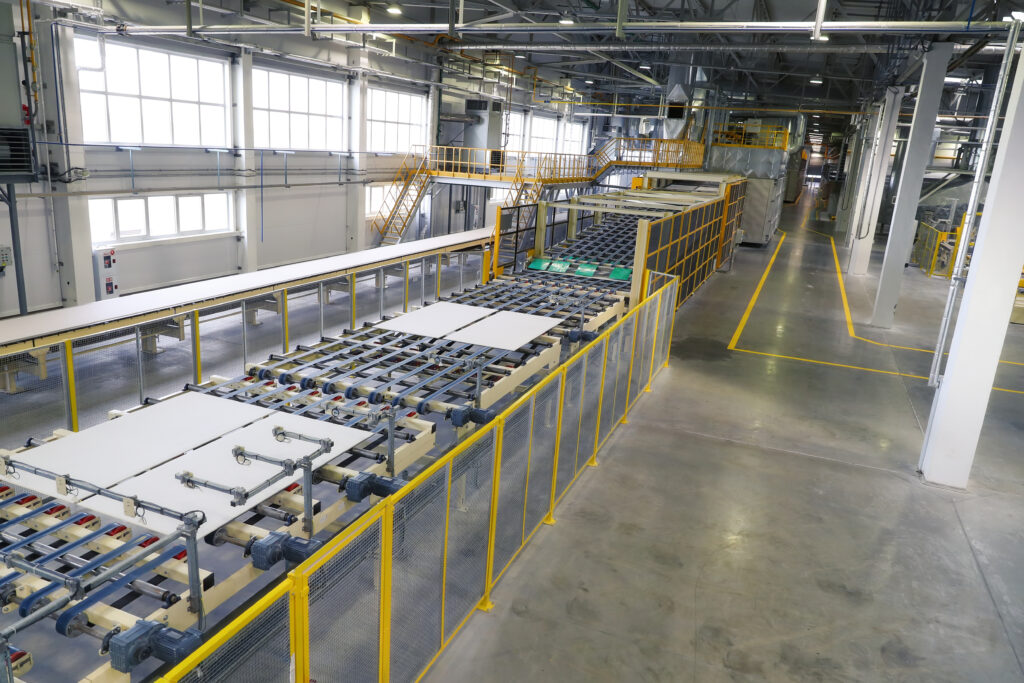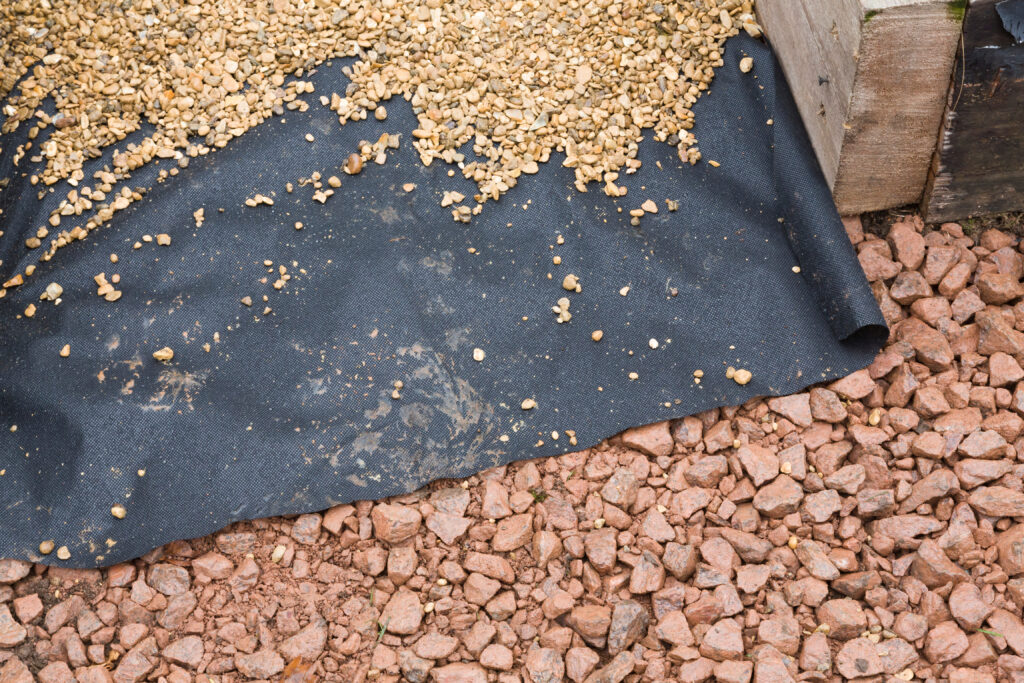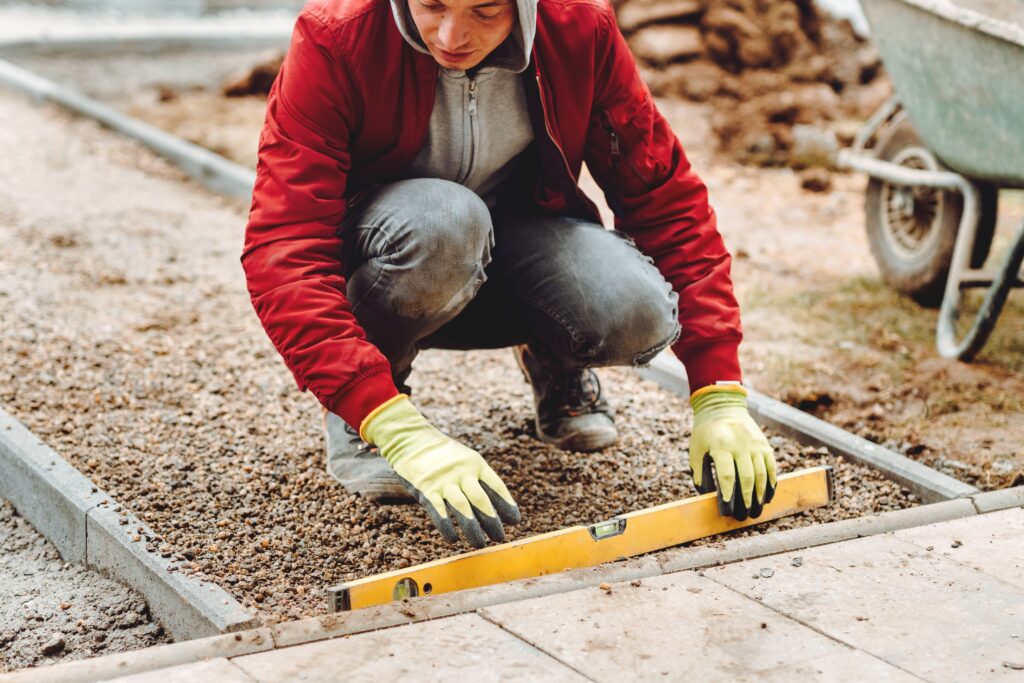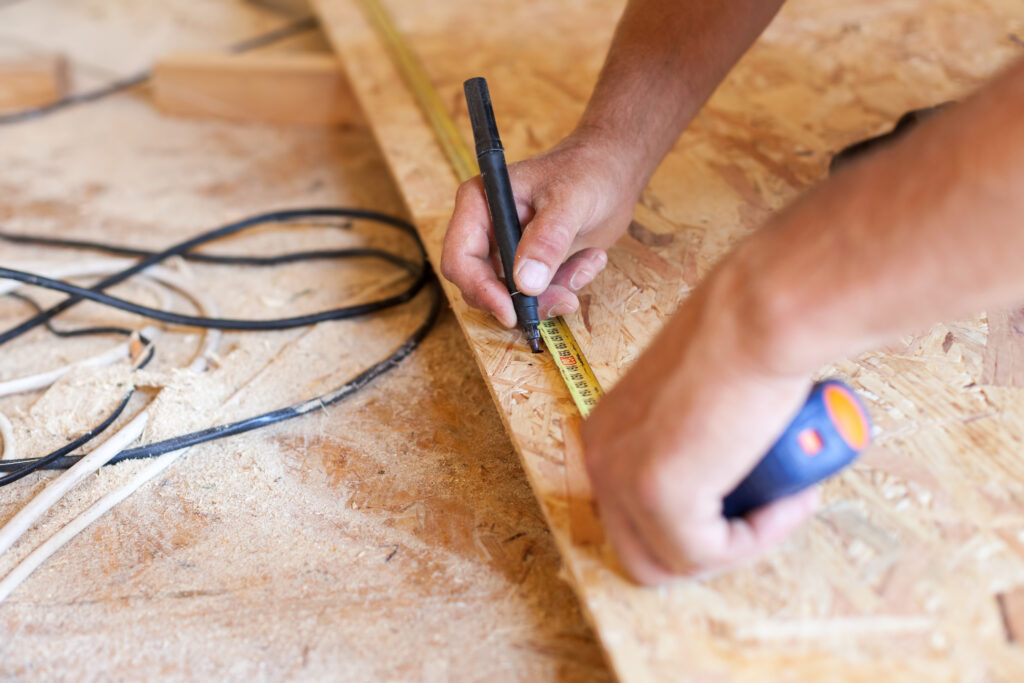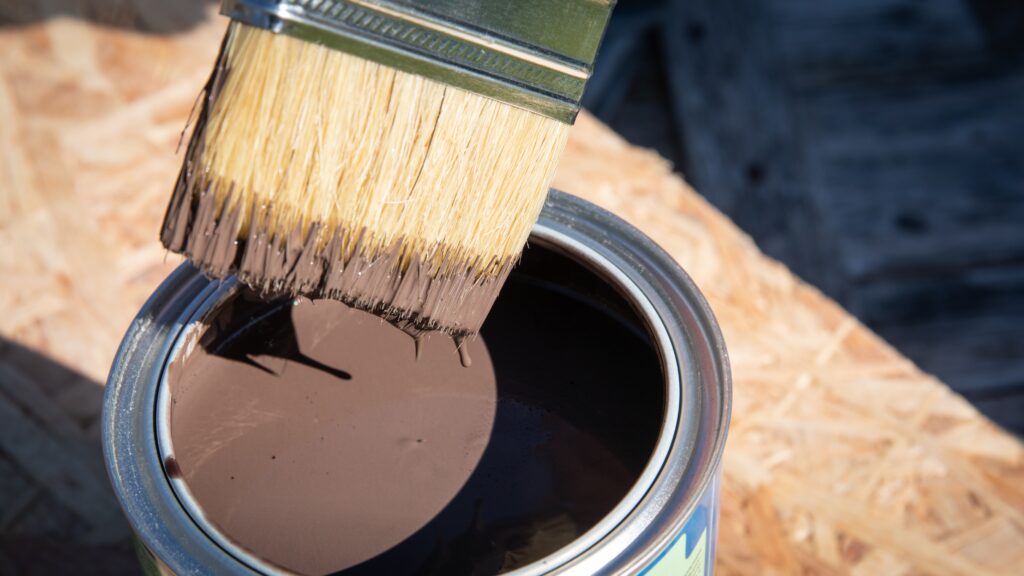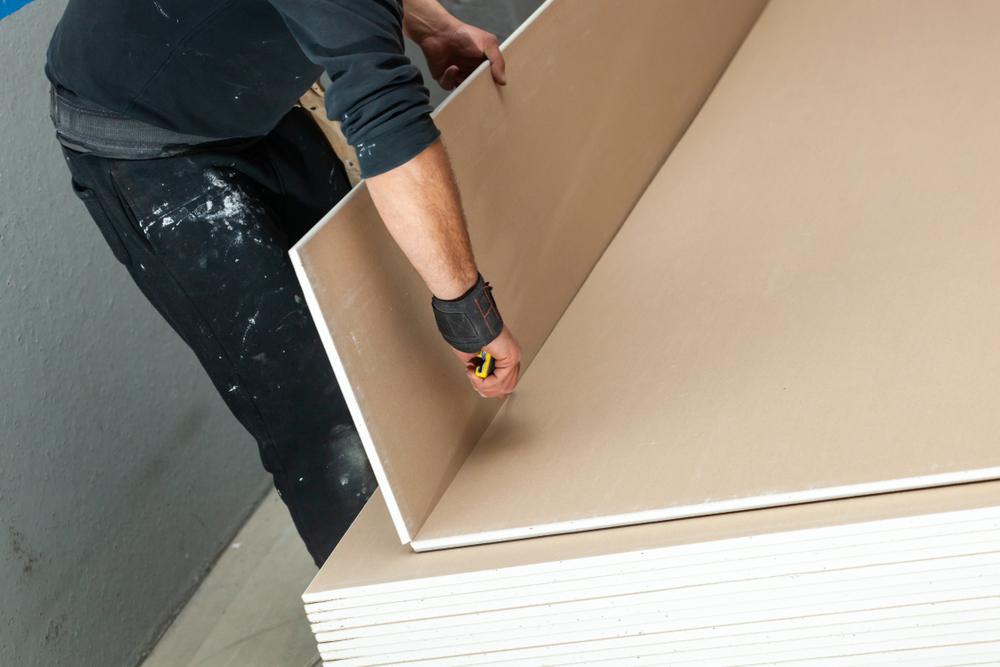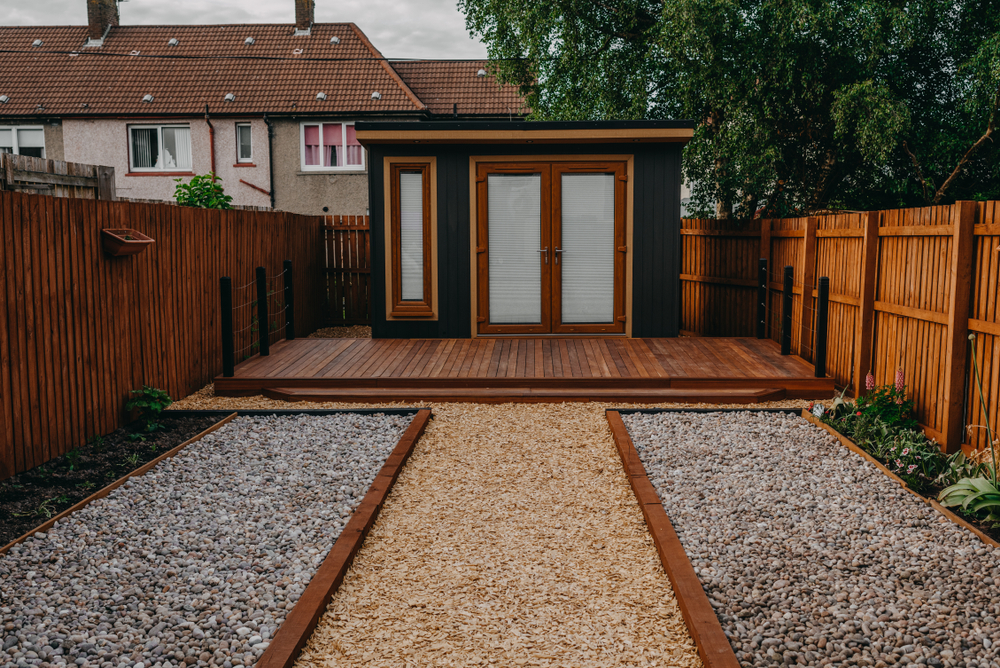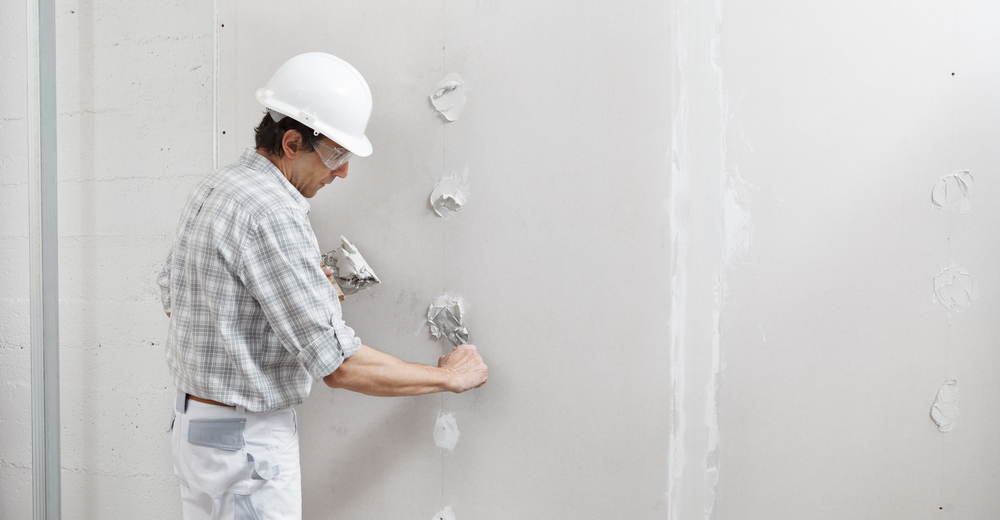A Comprehensive Guide to Painting OSB
| by Holly Wood

Introduction: OSB – A Canvas Waiting for Colour
Painting OSB, or oriented strand board, can be intimidating; its rough texture and extreme porosity make for a difficult project.
But don’t let that stop you – with the right prep work and supplies, OSB can look just as polished as any other type of wood!
From preparation techniques to tips for success, this blog post has all the information you need to ensure a successful OSB paint job.
What’s OSB All About?
Before we dive into the painting process, let’s get to know our canvas a bit better.
OSB is a type of engineered wood, similar to particle board, formed by adding adhesives and then compressing layers of wood strands in specific orientations. This budget-friendly material is often used for subflooring, sheathing, and other construction projects.
But why stop at construction? Let’s explore how we can transform this humble material into a decorative masterpiece.
Necessary Tools & Materials
Every artist needs their tools. Painting OSB board is no different. Here’s what you’ll need:
- Primer: Opt for a high-quality oil-based primer for the best results.
- Paint: Acrylic or latex paint is the way to go when painting OSB.
- Paintbrushes and Rollers: Select both for versatility and efficiency.
- Sandpaper (120-grit): For preparing the OSB surface.
- Tack cloth: To clean up dust post-sanding.
- Safety gear: Don’t forget your goggles, dust mask, and gloves!
The allure to spray paint OSB, due to its quick application, may be high. However, it’s not the optimal approach.
Employing a paint roller to paint OSB board might be a more time-consuming method, but it yields a significantly superior coating depth, ensuring a much more satisfactory result in the long run.
Preparing to Paint OSB: All About the Base
Step 1: Smooth It Out
The importance of accurate surface preparation cannot be overstated, particularly with OSB board, which comes with a slender wax coating.
Designed as a moisture-resistant barrier, this layer can also hamper the painting process. Therefore, it’s highly recommended to strip off this wax layer with a suitable wood floor wax stripper before embarking on your painting journey with OSB.
If you’re aiming to achieve a smooth surface where the crisscrossed wooden pieces aren’t noticeable, consider using a product like 3M Platinum Plus Filler. This polyester resin filler can help you attain a uniform texture. The process involves applying layers of this filler and then sanding down in between each application, ultimately rendering a smoother finish to the board.
Step 2: Clean It Up
Post-sanding, you’re likely to have some dust on your OSB. Grab that tack cloth and clean the surface. A clean surface is crucial for an even paint application.
Step 3: Prime Time
Apply a coat of your chosen oil-based primer. This step seals the surface and prevents your paint from soaking into the OSB. Allow it to dry fully before moving on.
Factory edges of OSB provide temporary protection, but they aren’t designed for long-term endurance. Thus, it’s crucial to reinforce these edges with a high-quality sealant for durable protection.
Applying Paint: Let the Transformation Begin
Step 1: First Layer of Brilliance
Now that your OSB is primed and ready, apply your first coat of acrylic or latex paint using your brush or roller. Rollers work well for larger surfaces, while brushes are perfect for edges and smaller areas.
Step 2: Patience is a Virtue
Let the first coat dry thoroughly. This step is crucial as painting over semi-dry paint can lead to a patchy finish.
Step 3: The Final Touch
After the first coat is completely dry, assess your work. If the coverage looks even, great job! If not, don’t worry. Apply a second and final coat, wait for it to dry, and voila – job done.
Conclusion: The OSB Transformation
In conclusion, painting OSB goes beyond simply picking your favourite colour – there are techniques and considerations to ensure success.
From the number of coats needed, different types of primers, and what type of paint to use – the devil truly is in the details. The beauty is that if you take the time to do it right, you can achieve some truly stunning results!
Related Posts

Chipboard vs MDF: Unveiling the Differences and Making the Right Choice

40 Financial Experts Reveal If Investing In Real Estate Is Worth It

International Men’s Health Week: Our study into men’s health and a medical guide to treating common ailments

Insulation Rolls vs Insulation Slabs: Which Type is Better in a Partition Wall

Battle of the Builder’s Brew! Best way to make tea revealed (it’s never milk first, FYI)

Tidy house, tidy mind: Over half of Brits start DIY and home improvement projects to help mental health

Best in the bedroom: Survey reveals tradesmen make the best lovers

32% increase in ‘Doomsday Preppers’ building bunkers and safehouses
